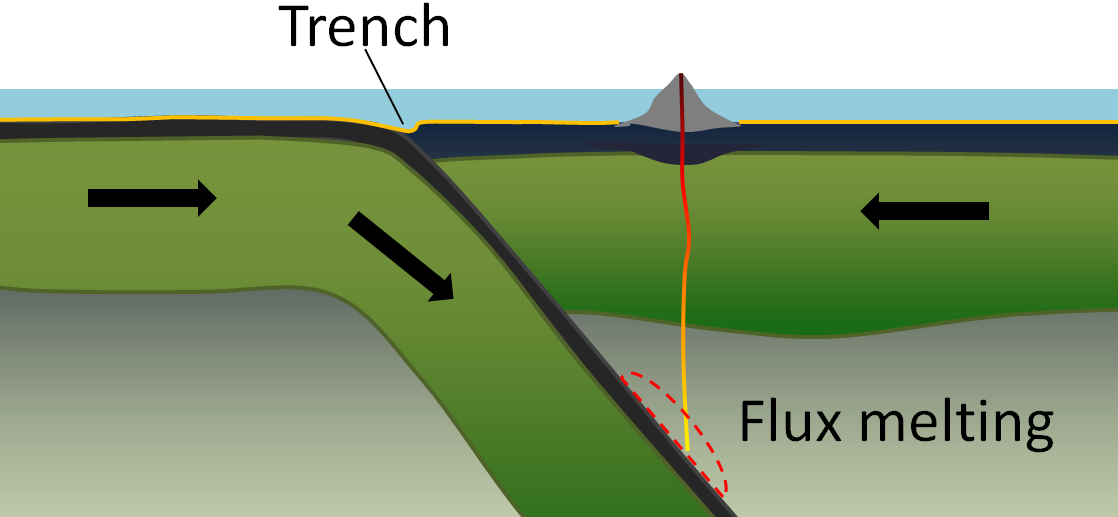

About 80% of earthquakes occur where plates are pushed together, called convergent boundaries.Īnother form of convergent boundary is a collision where two continental plates meet head-on. Sometimes the molten rock rises to the surface, through the continent, forming a line of volcanoes.

The rocks pulled down under the continent begin to melt. Subduction causes deep ocean trenches to form, such as the one along the west coast of South America. When a continental plate meets an oceanic plate, the thinner, denser, and more flexible oceanic plate sinks beneath the thicker, more rigid continental plate. The Great Rift Valley in Africa, the Red Sea and the Gulf of Aden all formed as a result of divergent plate motion.Ĭonvergent (Colliding): This occurs when plates move towards each other and collide. The earthquakes that occur along these zones, called spreading centers, are relatively small. Molten rock from the mantle erupts along the opening, forming new crust. The three main types of plate movements include:ĭivergent (Spreading):This is where two plates move away from each other. The movements of the plates help shape the geological features of our planet. Other plates include continents, and some plates include both continents and ocean. Some of the plates have ocean water above them. When the plates finally give and slip due to the increased pressure, energy is released as seismic waves, causing the ground to shake. Most seismic activity occurs at three types of plate boundaries-divergent, convergent, and transform.Īs the plates move past each other, they sometimes get caught and pressure builds up. Time for the fun facts! In time, the Red Sea will become a whole ocean! During the Triassic and Jurassic periods, there was something called Pangea, which was when all the continents were one continent, and because of divergent plate boundaries, there are now seven continents.Movement in narrow zones along plate boundaries causes most earthquakes. It started forming in the Eocene time period(56-33.9 mya), and it sped up in the Oligocene time period, and it is still separating! The Red Sea was formed by tectonic plates shifting apart (divergent plate boundaries). The red sea is near Egypt, Saudi Arabia, Ethiopia, and Sudan. The Red Sea is a sea that is shaped much like a river. My formation is the East African rift valley, which includes the Red Sea. But what makes C-C divergent plate boundaries different from the other tectonic plates is, as I said before, divergent plates are tectonic plates that move apart from each other. They create earthquakes, the same as any other tectonic plates. When tectonic plates are pulled apart, magma comes up from the mantle and creates more crust. The most known landform formed by C-C divergent movement is the Red Sea in Africa. Think of a divergent boundaries as silly putty, if you slowly pull it apart, it stretches and eventually breaks. So C-C divergent boundaries are when the tectonic plates that form the 7 continents shift away from each other. That means that the tectonic plates are above water level, or they are plates for the continents. The lithosphere is the outer part of the Earth containing the crust and the upper mantle.The C-C in the title stands for continental - continental. Tectonic plates are gigantic sub-layers of Earth’s crust, in the lithosphere. Divergent boundaries are when tectonic plates shift apart, also known as rift valleys.


 0 kommentar(er)
0 kommentar(er)
